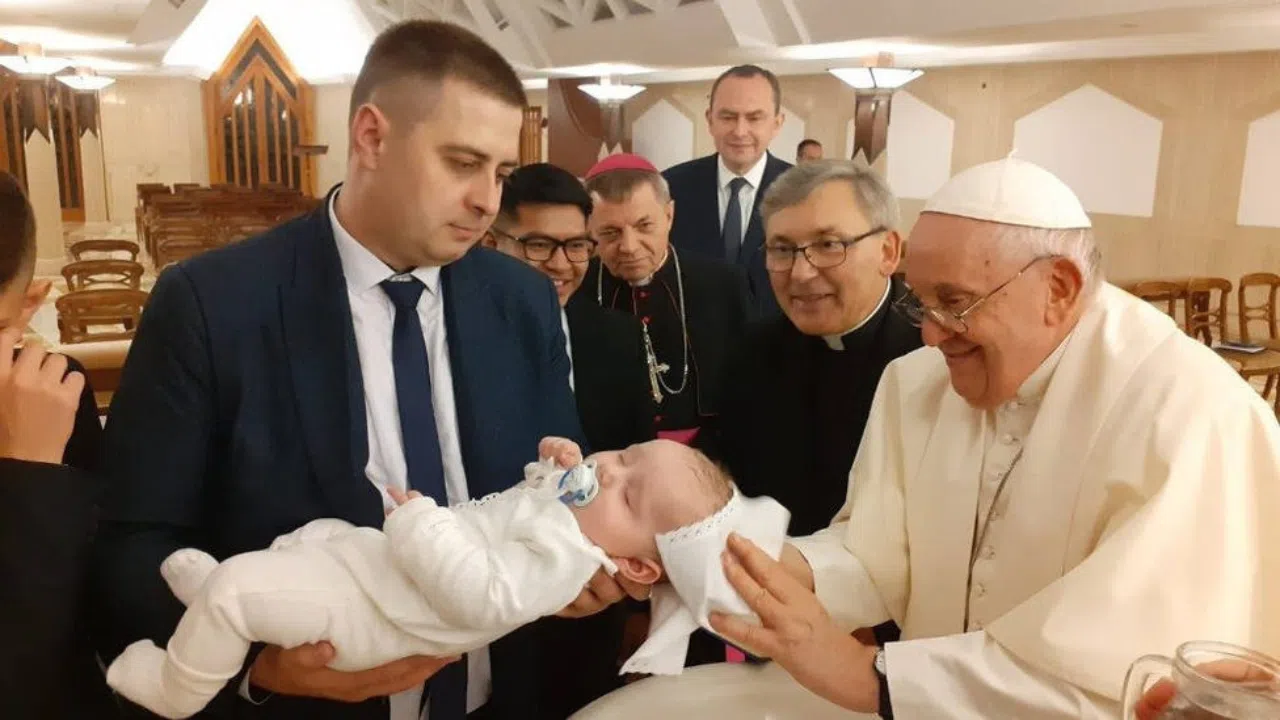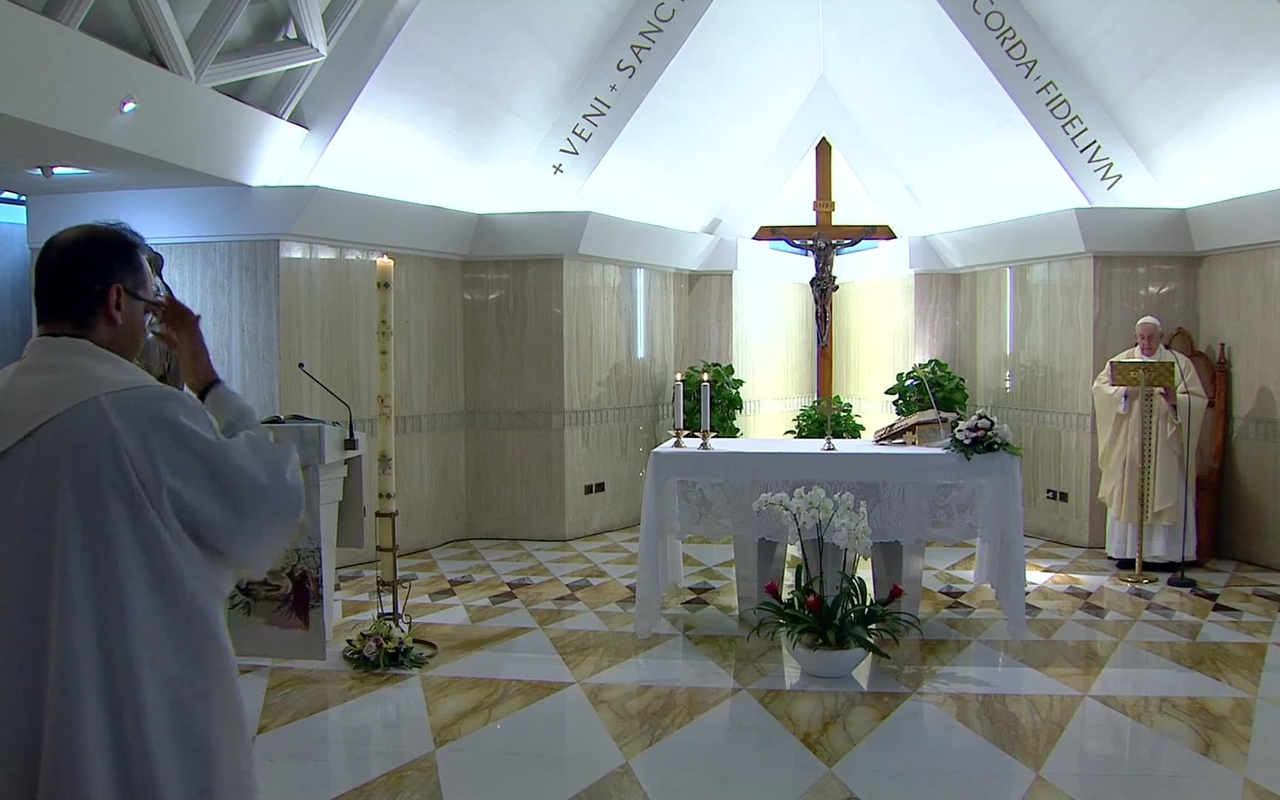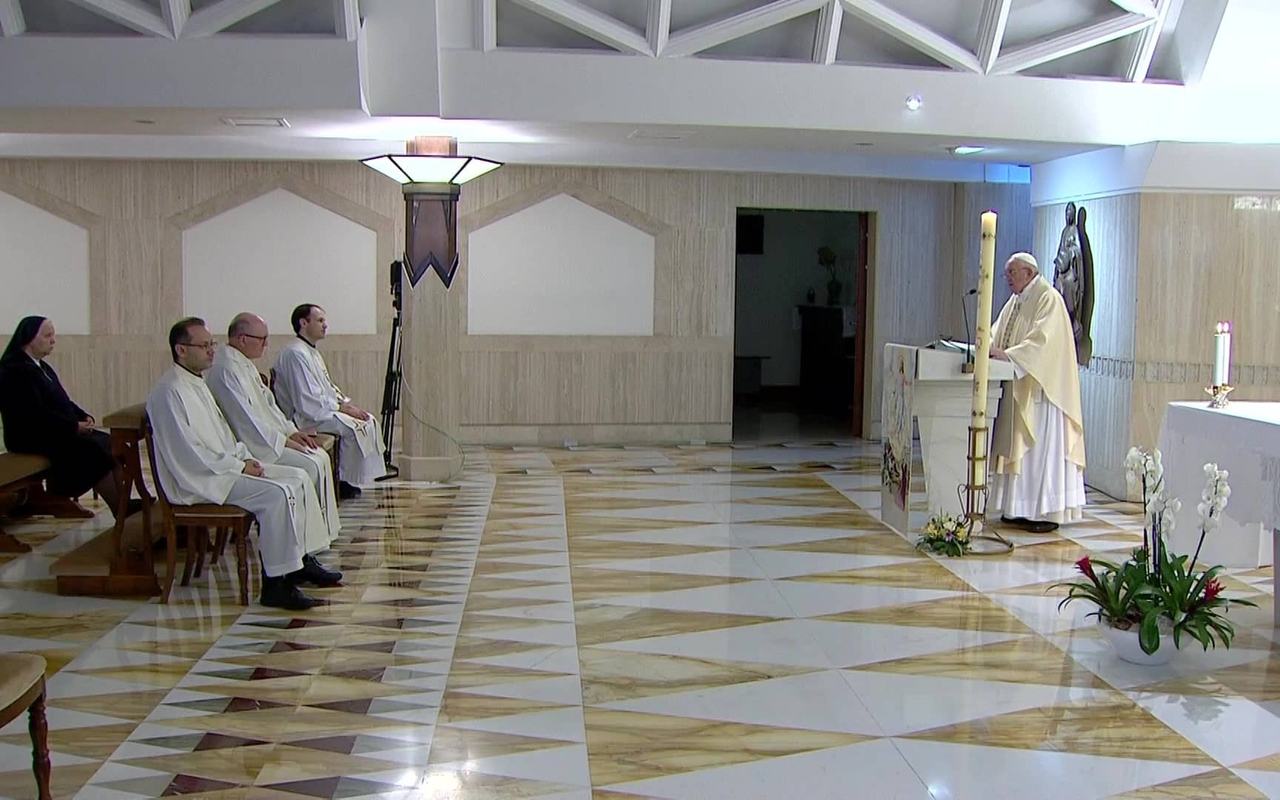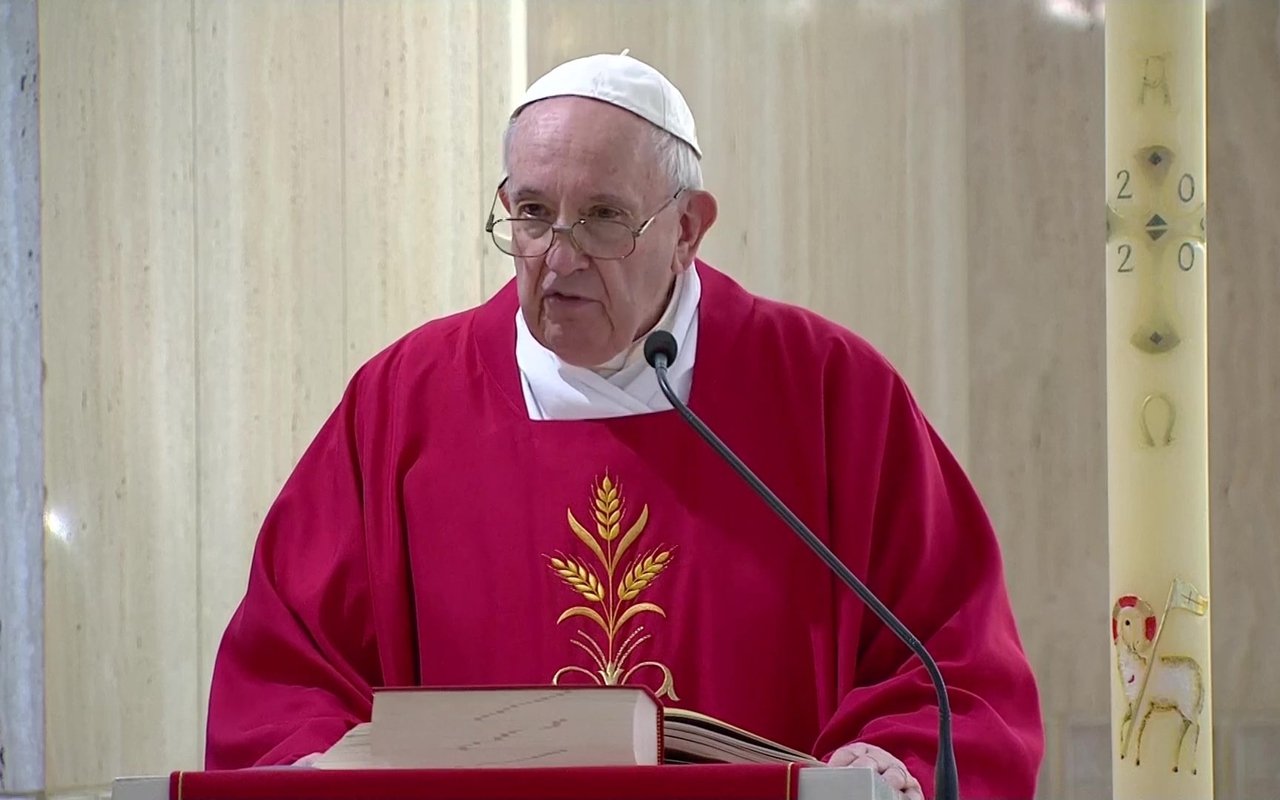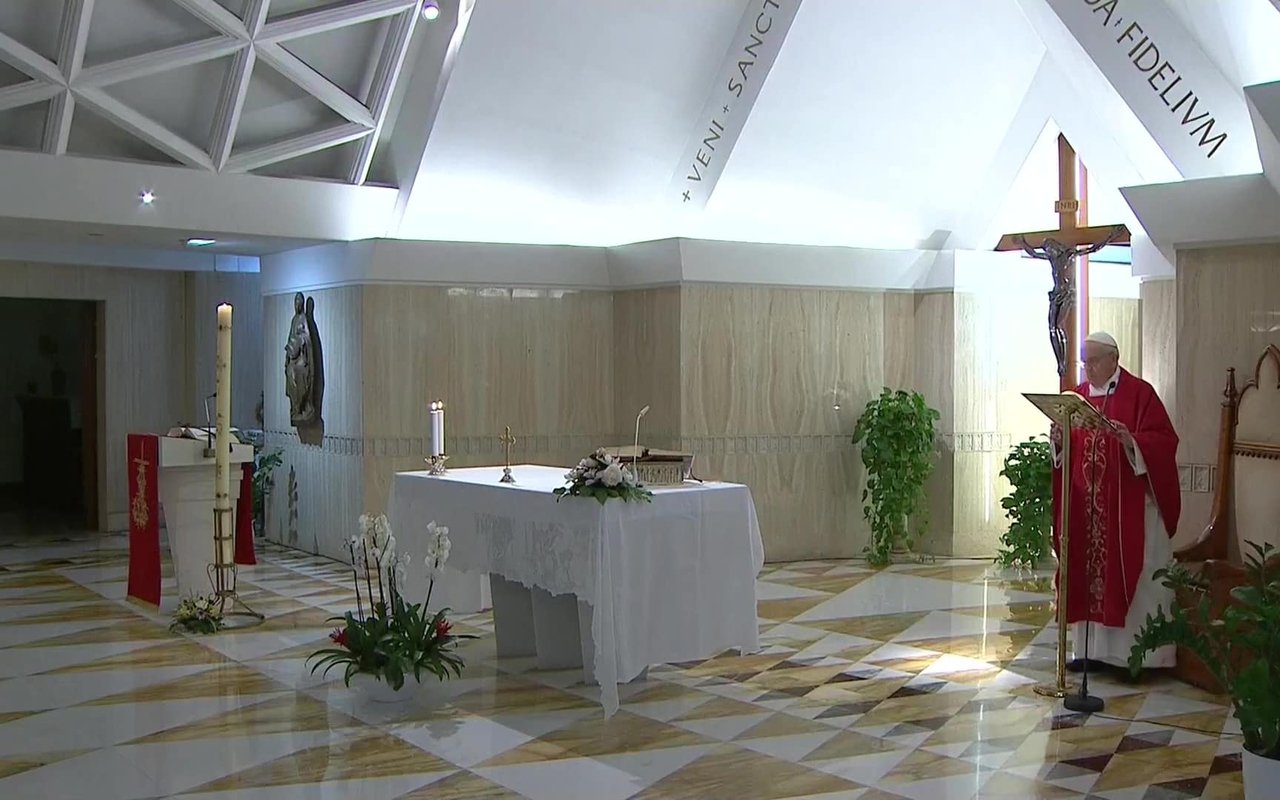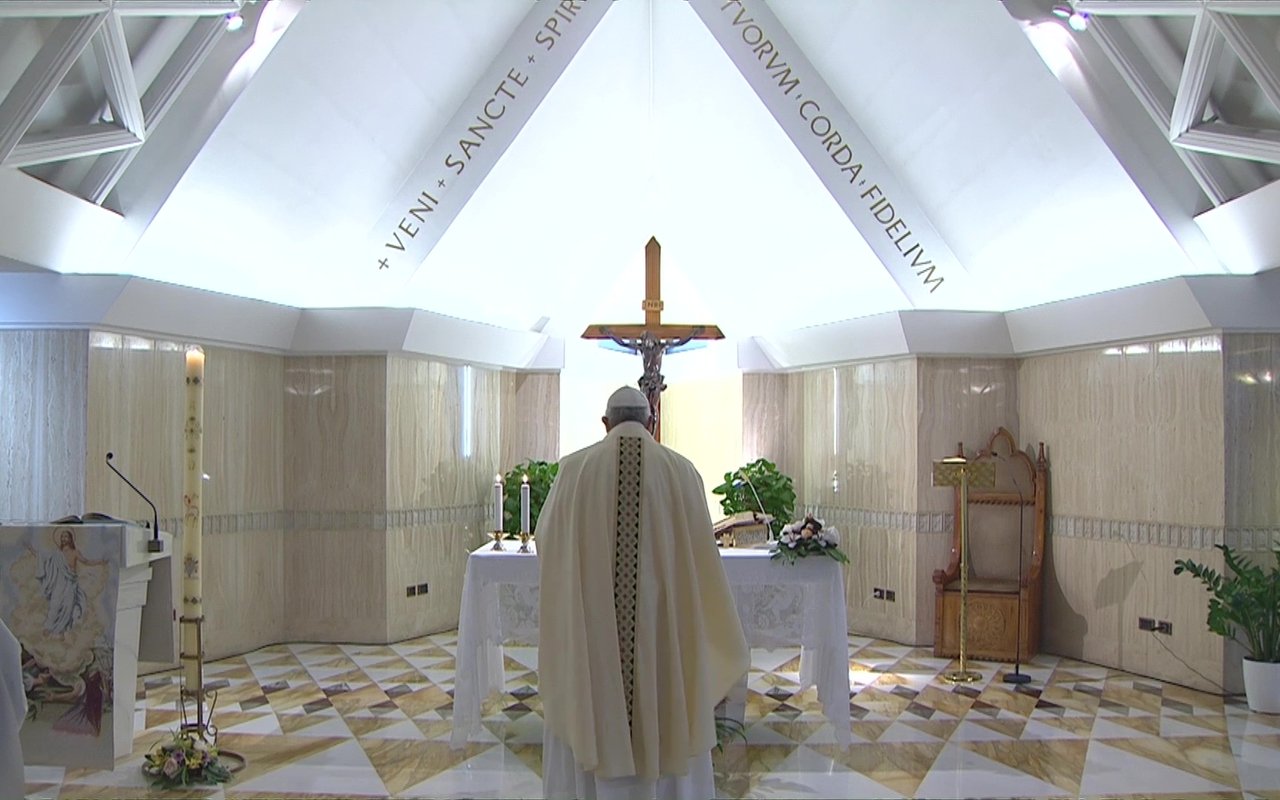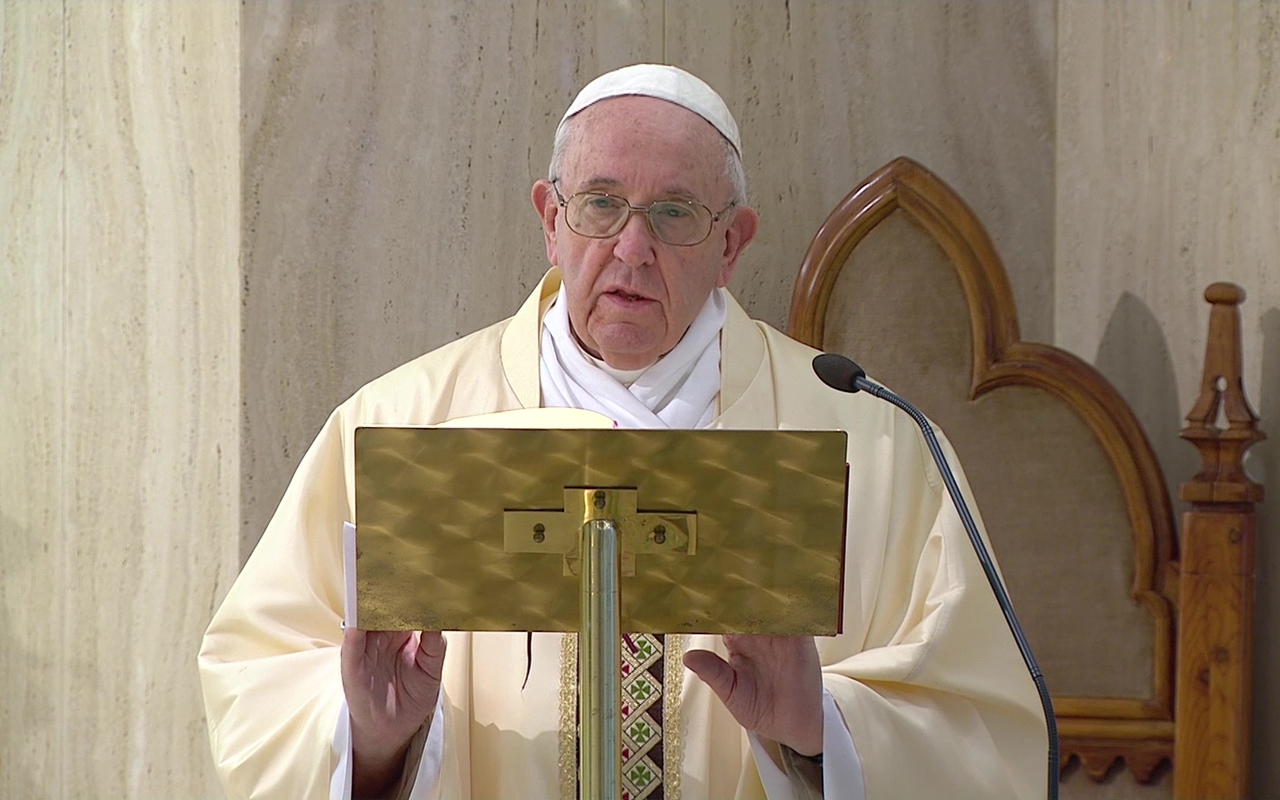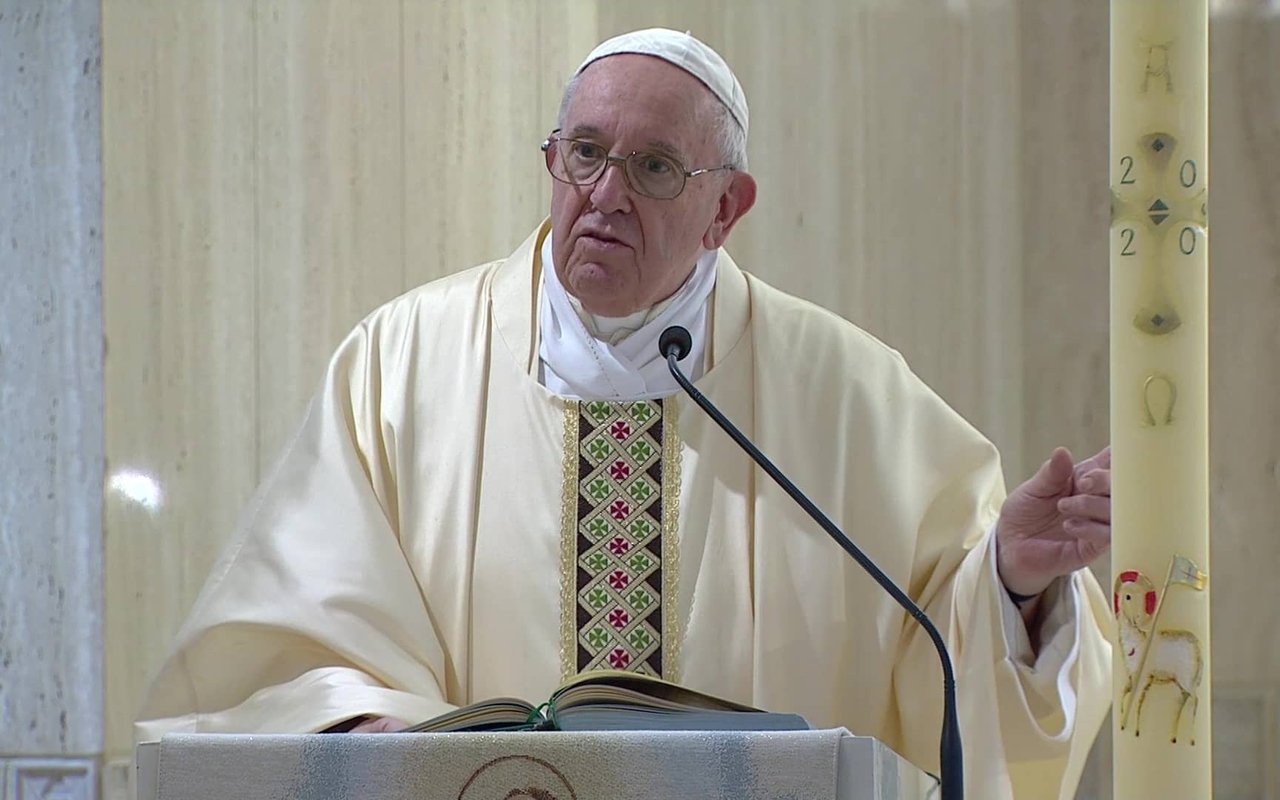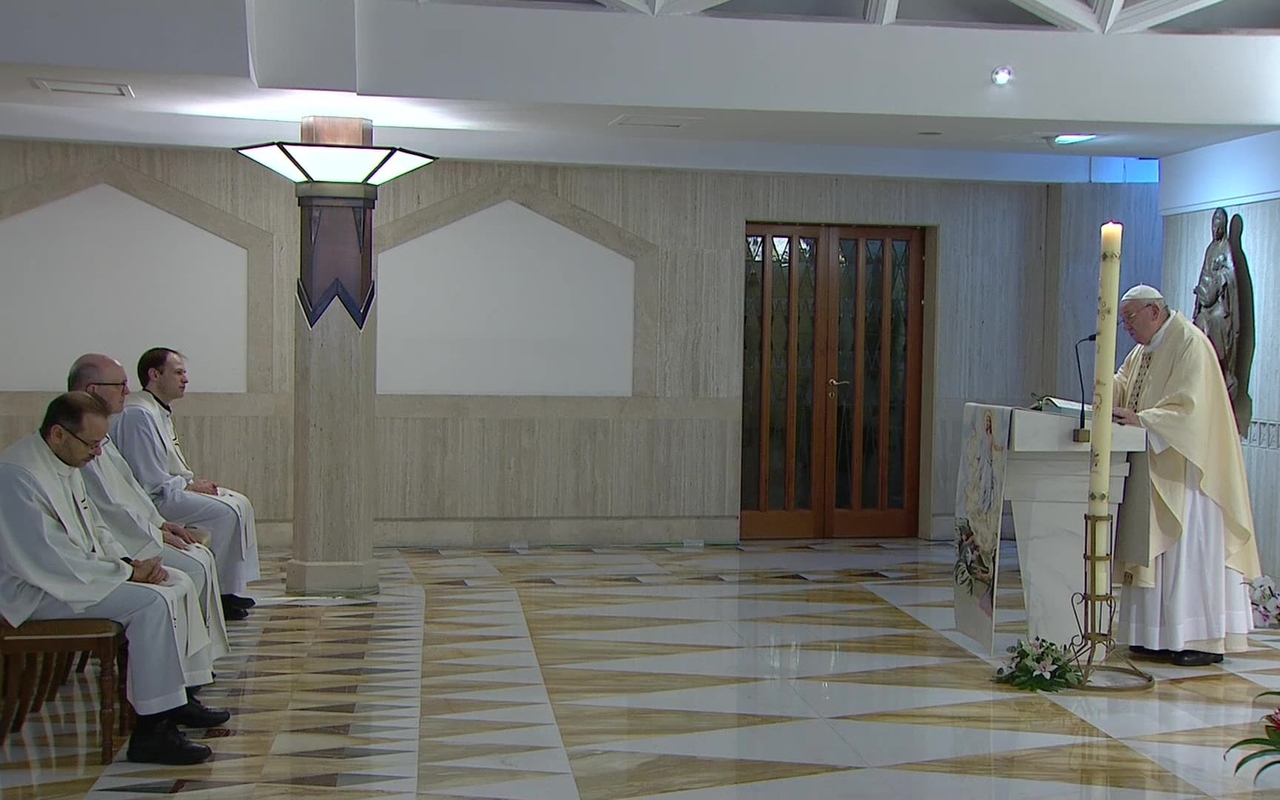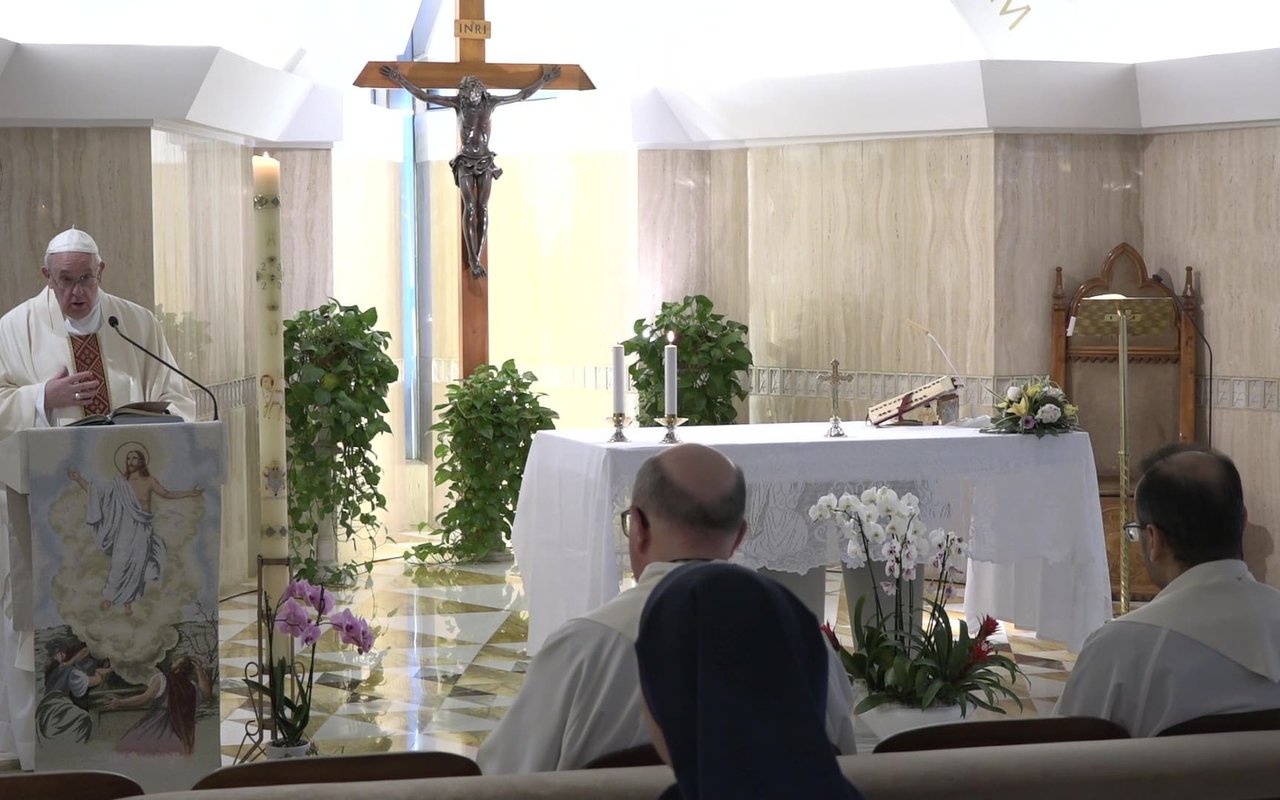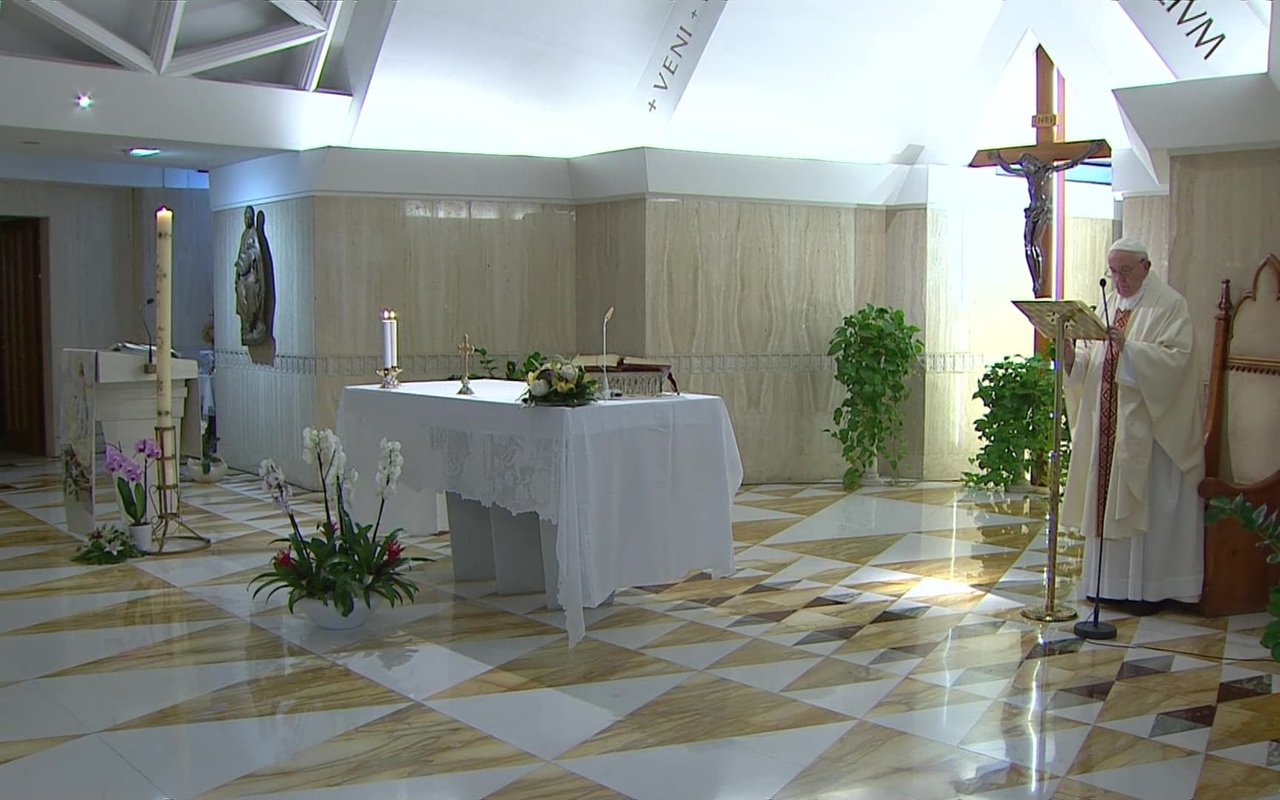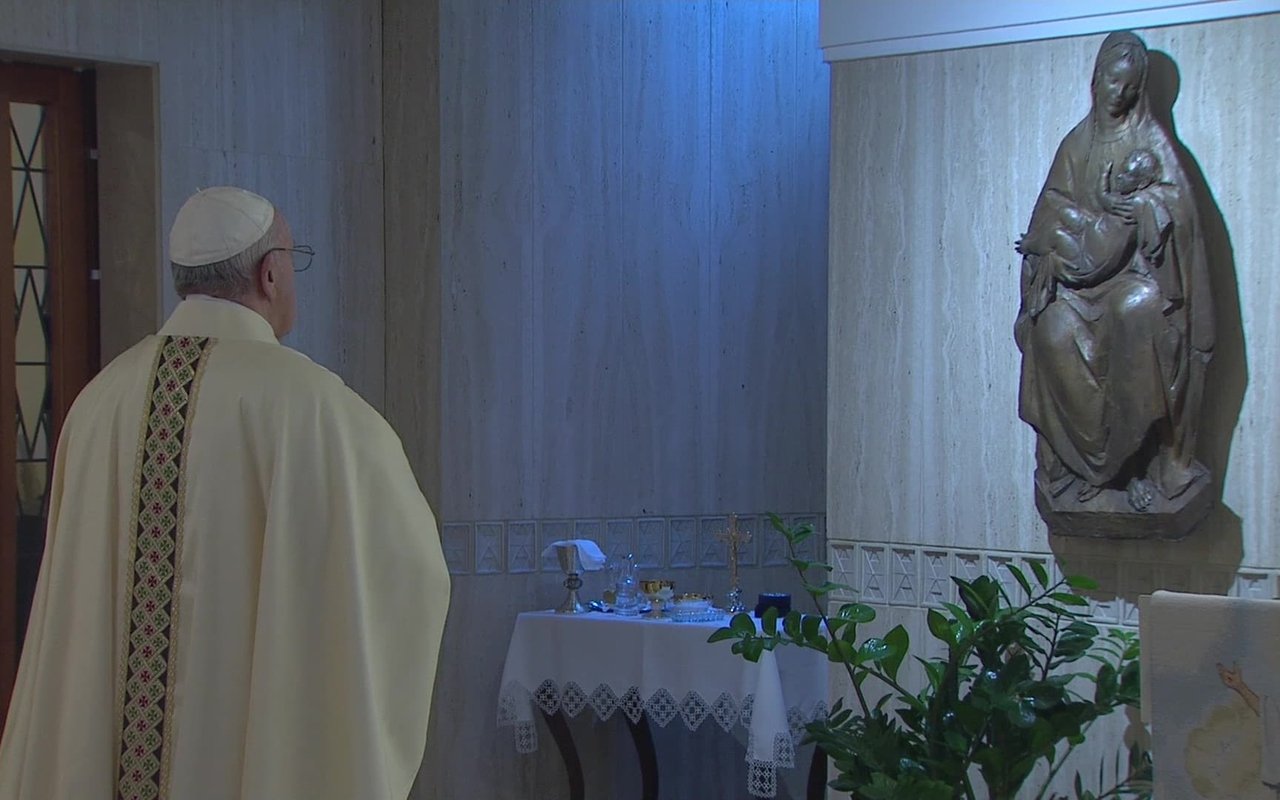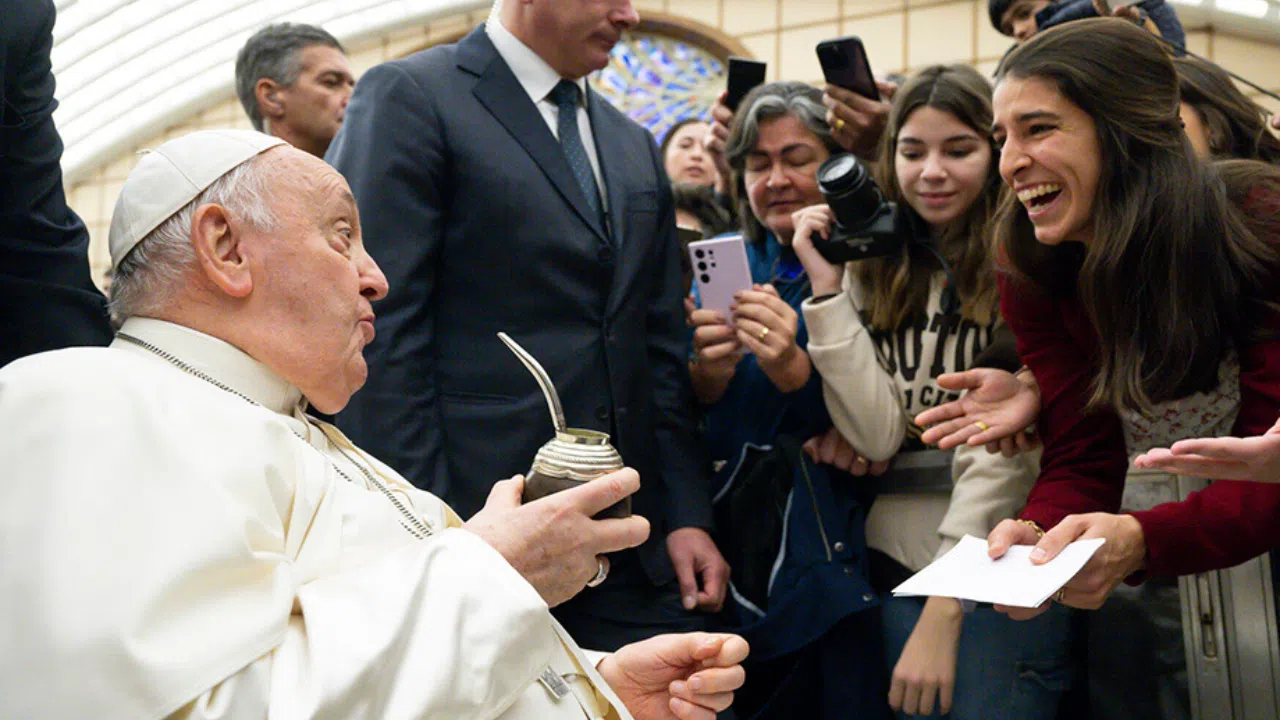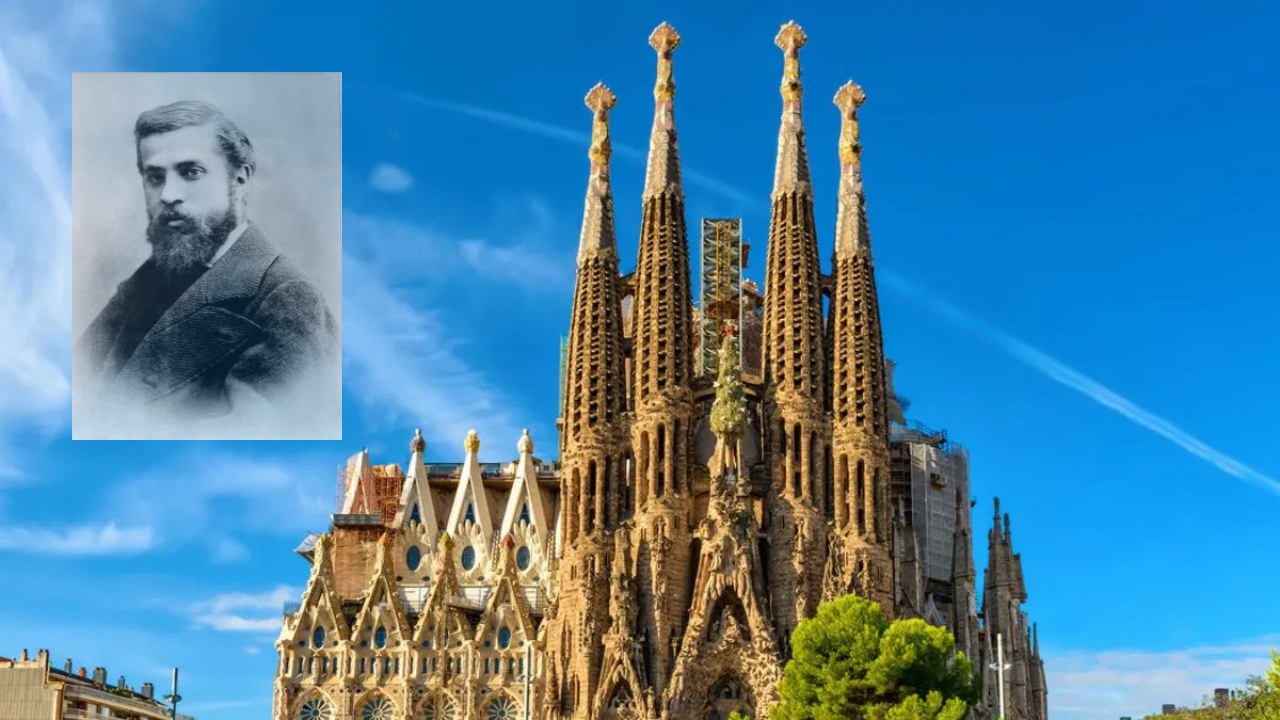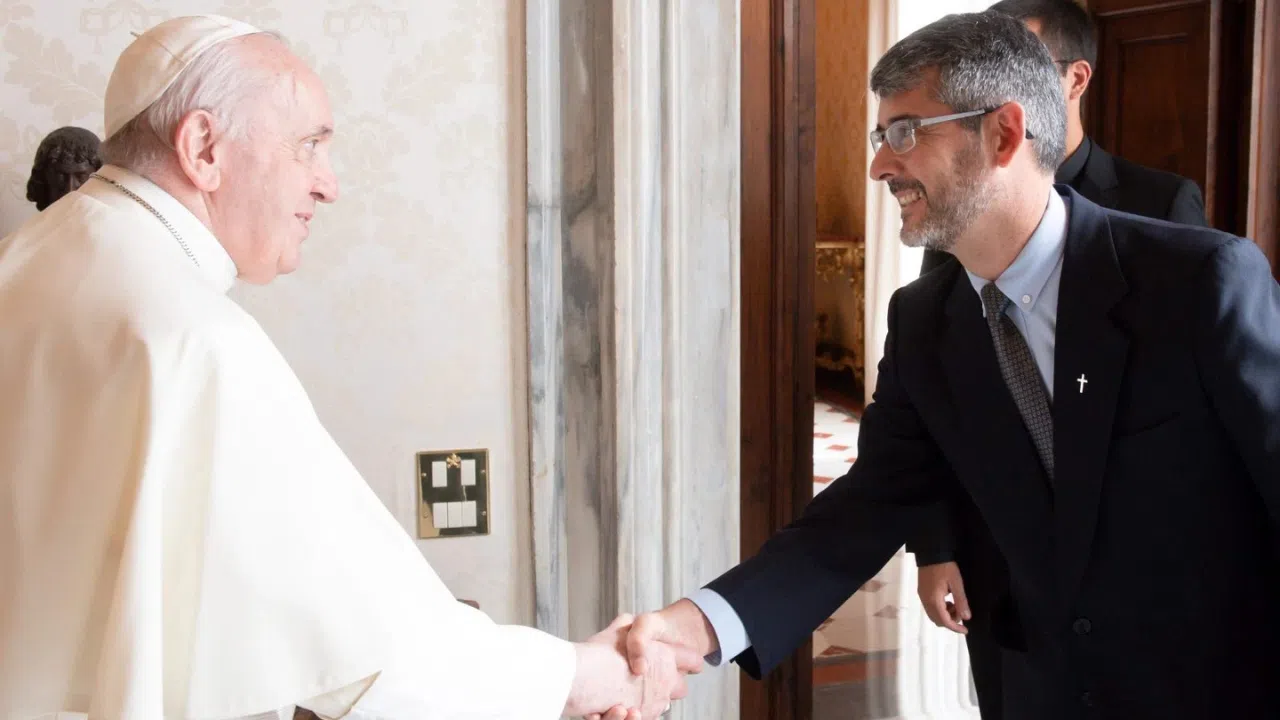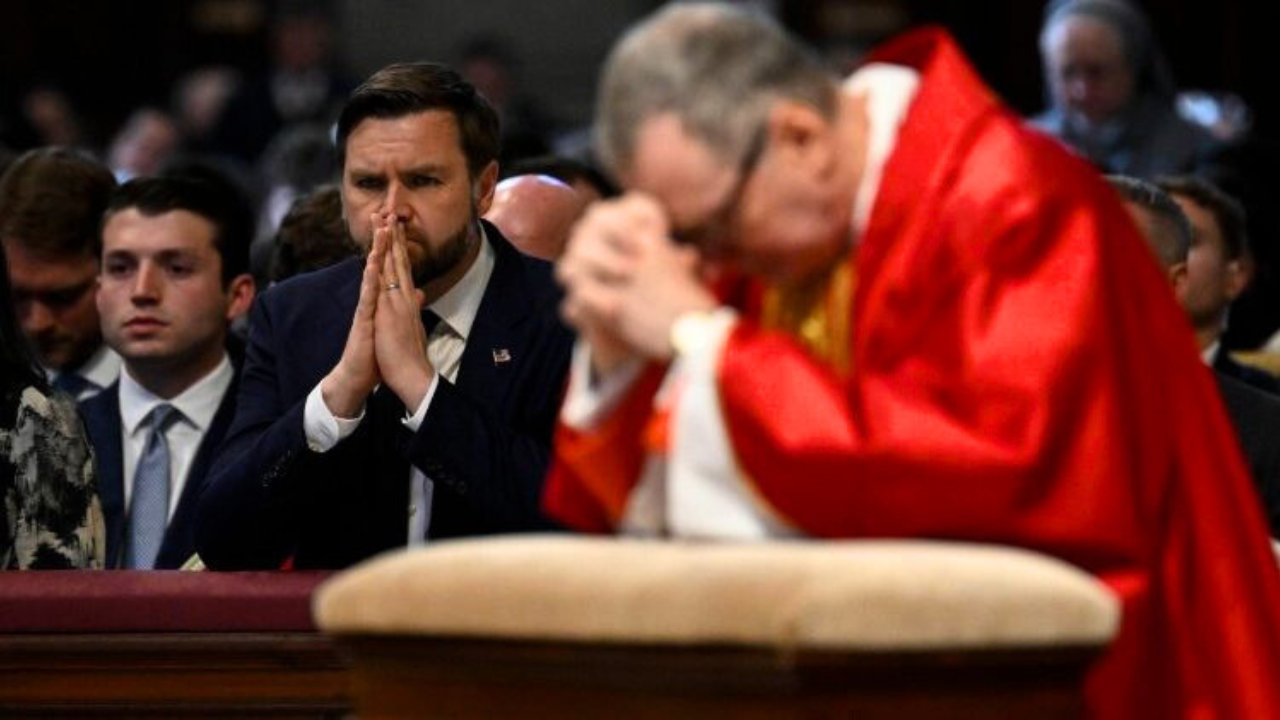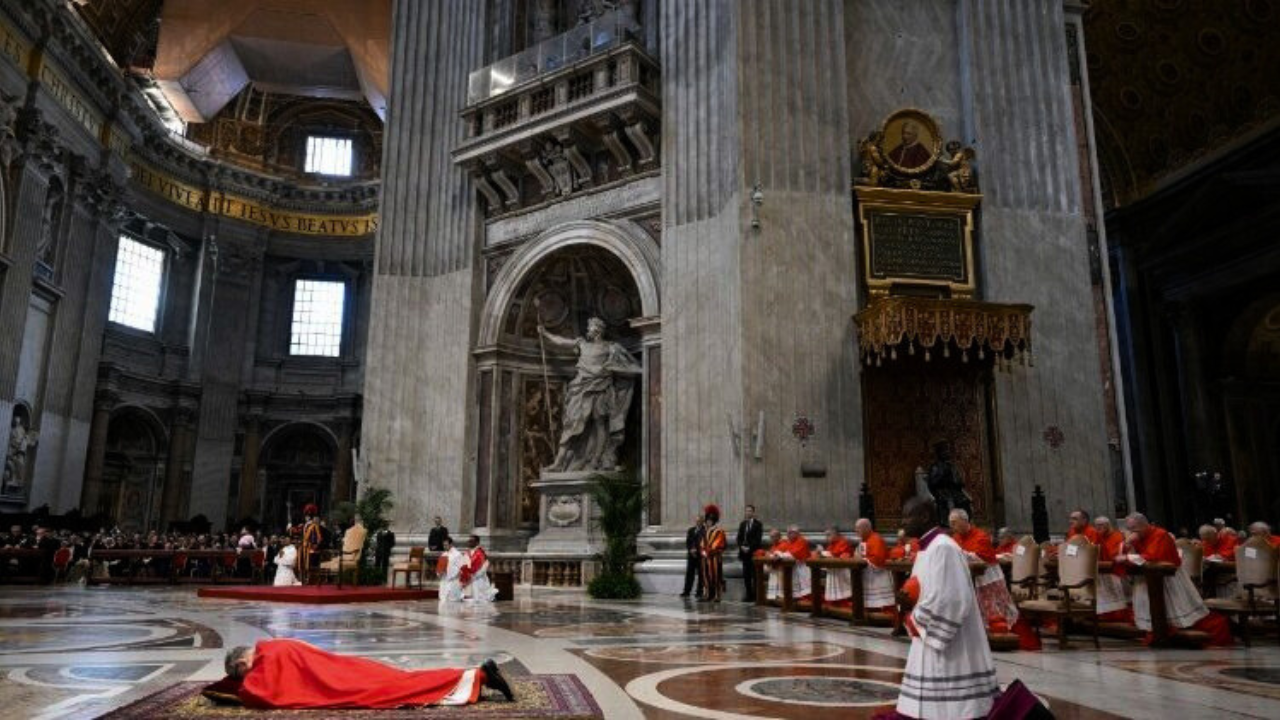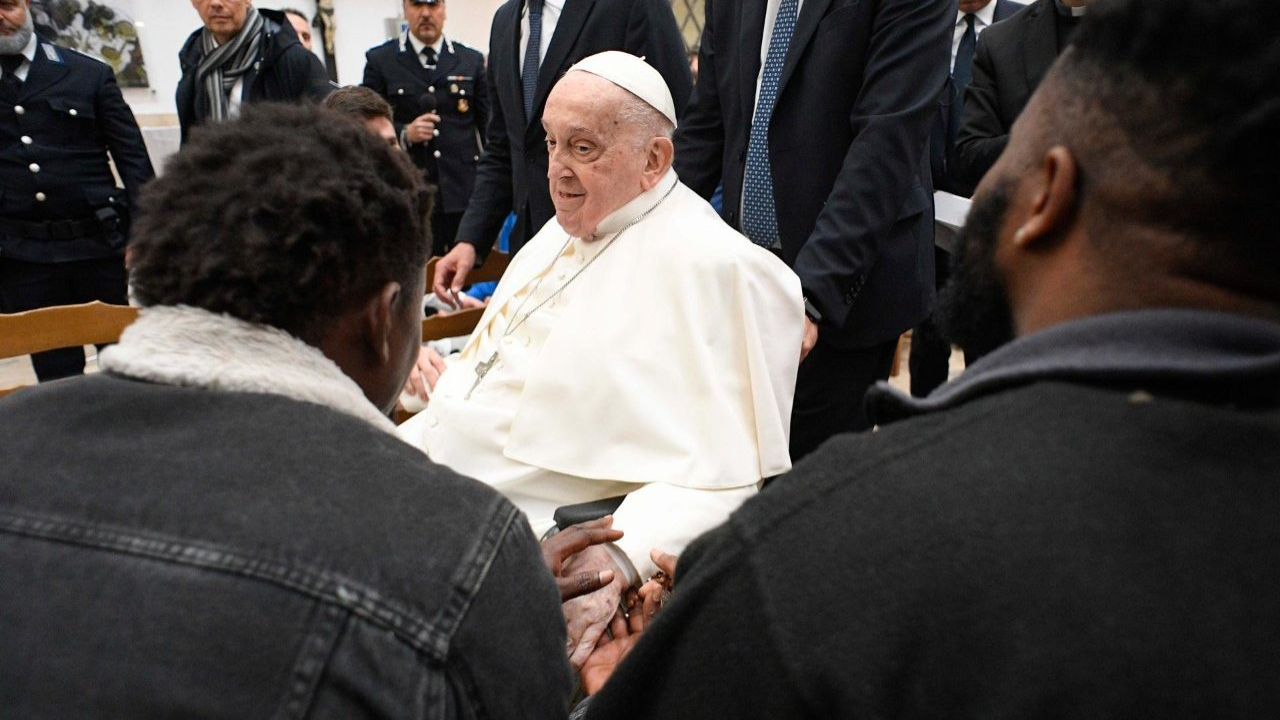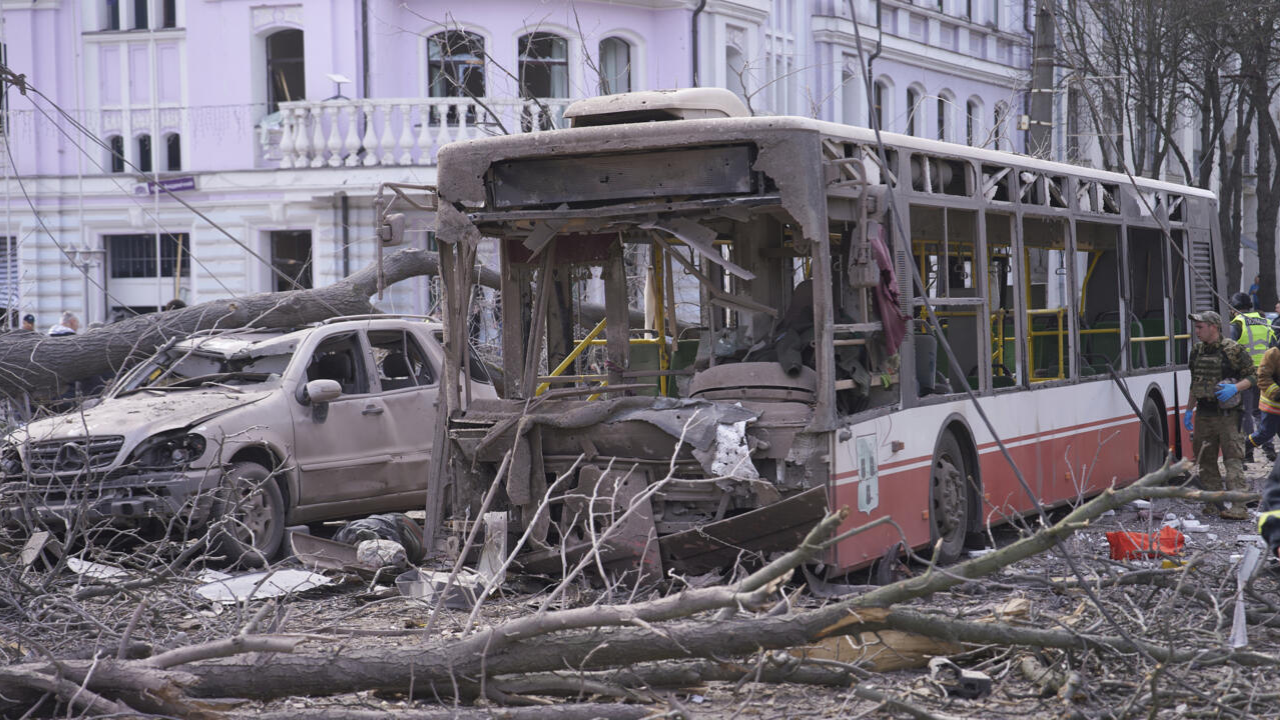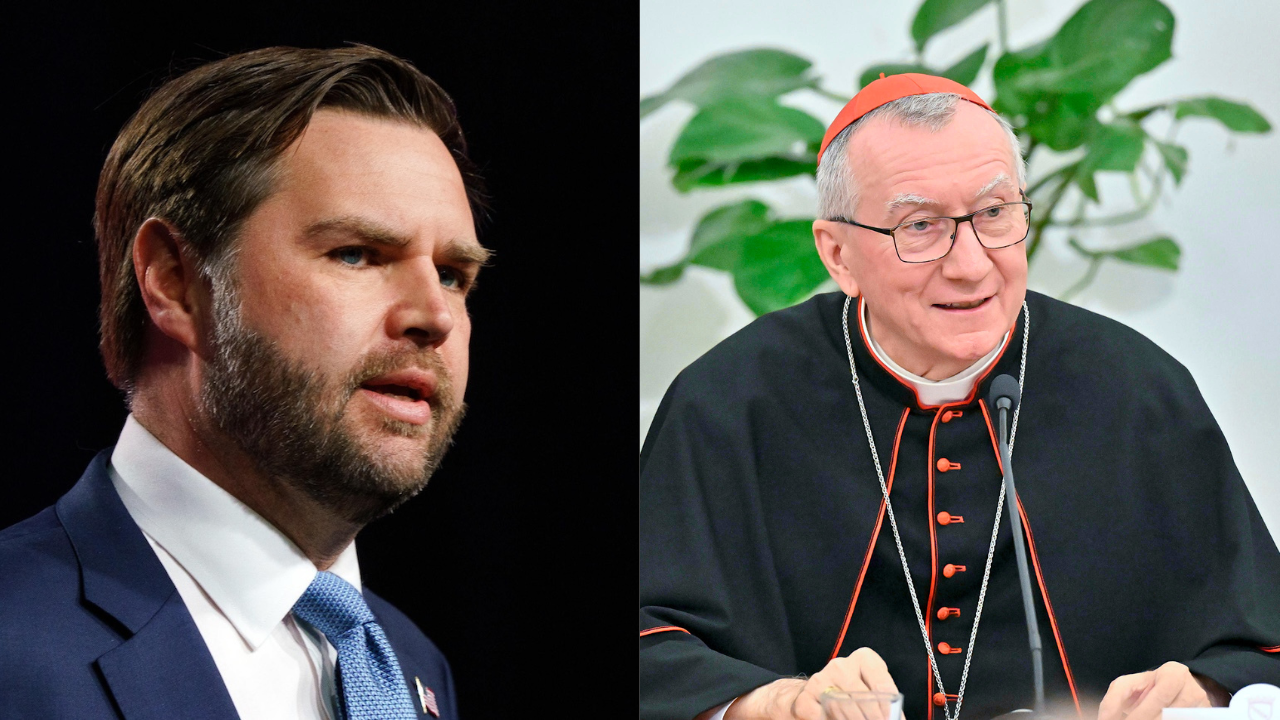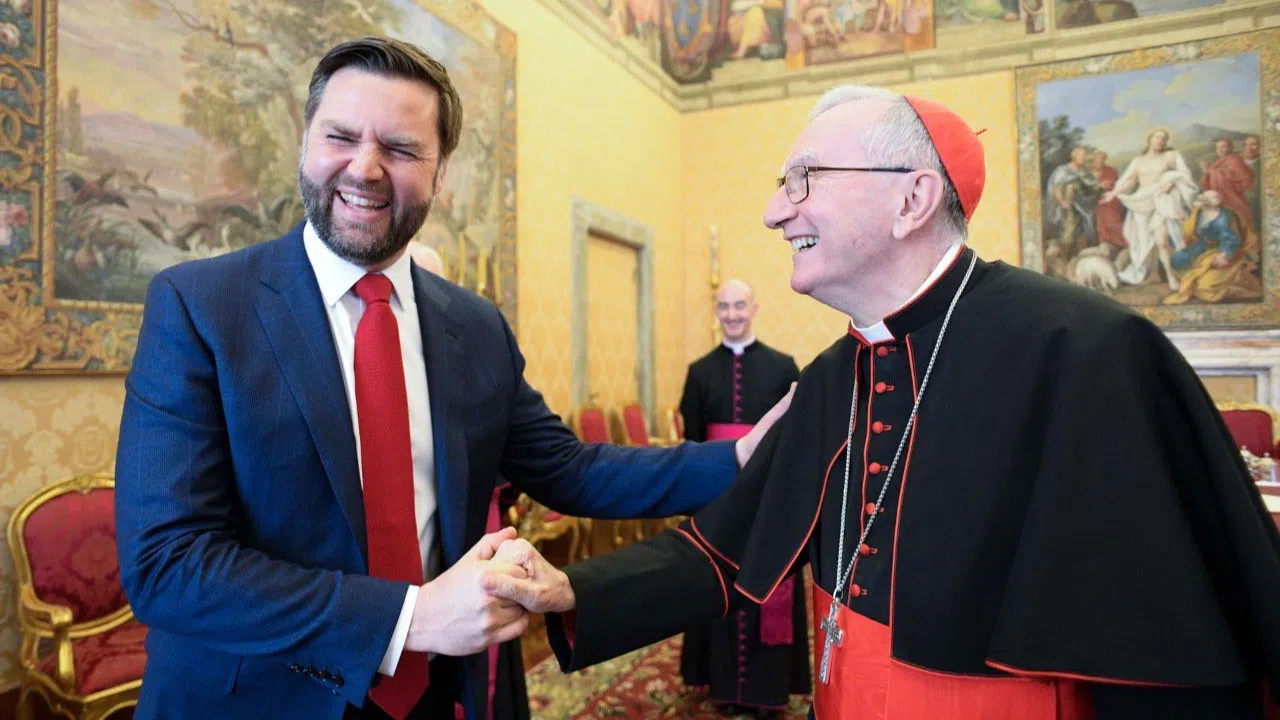In his homily at Santa Marta, Pope Francis explained that hope is not an abstract idea but an encounter with Jesus. He said it can be compared to a pregnant woman who wants to meet the baby living in her womb.
POPE FRANCIS
“Something comes to mind, when I think of hope, an image: a pregnant woman, a woman expecting a child. She goes to the doctor, she sees the ultrasound. She doesn't say, 'Oh look, a baby. Ok.' No! She rejoices! Every day she touches her belly to caress that child, in anticipation of that child, living in anticipation of that child. This image can help us understand what hope is: living for that encounter.”
Lastly, Pope Francis remembered that hope never disappoints, because it directs us toward an eternal happiness.
EXTRACTS OF PAPAL HOMILY
Living in hope is journeying towards a reward, yes, toward a happiness that we do not have but we will have there. It is a difficult virtue to understand. It is a humble virtue, very humble. It is a virtue that never disappoints: if you hope, you will never be disappointed. Never, never. It is also a concrete virtue. “But how can it be concrete,” [you ask,] “if I don’t know heaven, or what awaits me there?” Hope, our inheritance which is hope directed towards something, is not an idea, it is not being in a good place… no. It is an encounter. Jesus always emphasizes this part of hope, this living in expectation, encountering.”
Something comes to mind, when I think of hope, an image: a pregnant woman, a woman expecting a child. She goes to the doctor, she sees the ultrasound. [Is she indifferent? Does she say,] “Oh look, a baby. Ok.” No! She rejoices! And every day she touches her belly to caress that child, in anticipation of that child, living in anticipation of that son. This image can help us understand what hope is: living for that encounter. That woman imagines what her son’s eyes will be like, what his smile will be like, whether he’ll be blonde or dark-haired… but she imagines meeting her son. She imagines meeting her son.
“Do I hope like this, concretely, or is my hope a little dispersed, a little gnostic?” Hope is concrete, it is an everyday thing, because it is an encounter. And every time we encounter Jesus in the Eucharist, in prayer, in the Gospel, in the poor, in the life of the community, every time we take another step toward this definitive encounter. [This is] the wisdom of knowing how to rejoice in the little encounters of daily life with Jesus, preparing for that definitive encounter.
